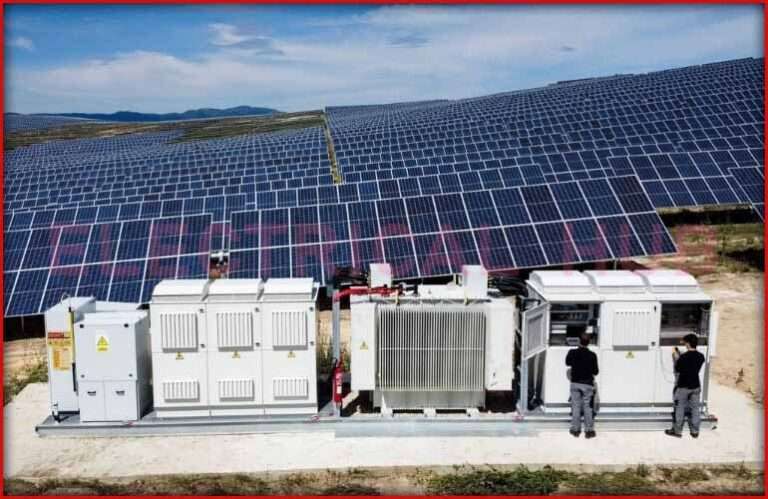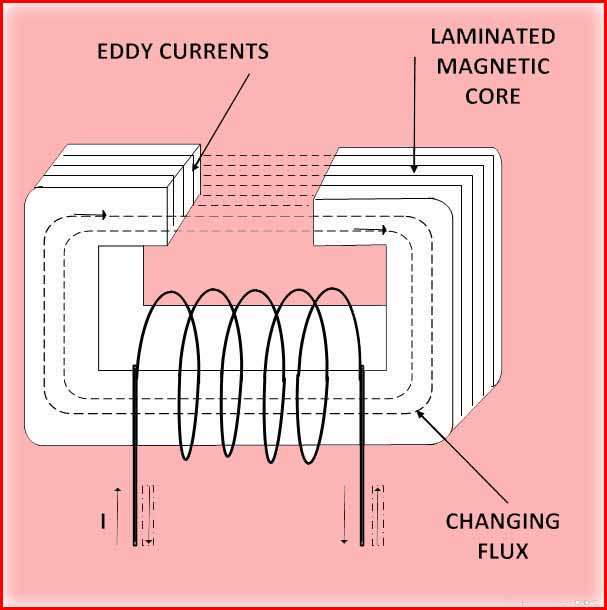Choosing the Right Solar Panel and Battery for Your Drip Irrigation System
Drip irrigation is a water-efficient way to grow crops, especially in areas with limited water supply. But to make it work effectively, a reliable and uninterrupted power source is essential. That’s where the combination of solar panels and batteries becomes a game-changer. Choosing the right solar panel and battery for drip irrigation system ensures smooth operation, reduced running costs, and sustainability. In this guide, we will walk you through how to pick the right system with technical insights, performance tips, and real-world examples.

Why Go Solar for Drip Irrigation?
Using solar energy for agriculture is not just a trend—it’s a necessity in many regions. Traditional power sources are often unreliable or unavailable in rural farming areas. Diesel generators are noisy, polluting, and expensive to run. A solar panel and battery for drip irrigation system offers independence from the grid, clean energy, and lower operating costs.
Solar-powered drip irrigation systems are ideal for small to medium-scale farms. They can run water pumps, timers, and valves without constant human intervention. With the right configuration, your crops stay watered—even when there’s no power supply from the grid.
How a Solar Drip Irrigation System Works
To understand what type of solar equipment you need, let’s briefly break down the system components:
- Solar Panels: Convert sunlight into DC electricity.
- Charge Controller: Regulates voltage and prevents battery overcharging.
- Battery Bank: Stores electricity for use when sunlight is not available.
- Inverter (if needed): Converts DC to AC power for AC-powered pumps.
- Water Pump: Drives water through the drip lines.
- Drip Lines and Emitters: Distribute water to plant roots.
The goal is to design a system that matches your water needs, pump requirements, and available solar energy.
Factors to Consider When Choosing Solar Panel and Battery for Drip Irrigation System
There is no one-size-fits-all solution. Each farm and irrigation setup is different. Here are the key parameters to evaluate.
Solar Irrigation Water Requirements
First, calculate how much water your crops need daily. This is usually measured in liters per day. It depends on the crop type, climate, and soil.
For example:
| Crop Type | Daily Water Need (Liters/Plant) | Plants per Acre | Total Water per Acre/Day (Liters) |
|---|---|---|---|
| Tomatoes | 0.5 | 7,000 | 3,500 |
| Onions | 0.3 | 10,000 | 3,000 |
| Strawberries | 0.7 | 5,000 | 3,500 |
Multiply by the number of acres to get your daily water requirement. Then choose a pump that can deliver this volume within your available sunlight hours.
Sizing the Solar Panel
The size of your solar panel depends on the wattage of your pump and the number of sunlight hours per day. Let’s assume you need a 1 HP (750W) pump to run for 4 hours daily.
Daily Energy Consumption = 750W × 4 hrs = 3000Wh or 3kWh
Now, consider solar insolation (sunlight intensity), usually 5 hours/day in many parts of India or Africa.
Required Panel Size = 3000Wh / 5 hrs = 600W (rounded up)
Add 20% for system losses:
Total Solar Panel Size = 600W + 20% = 720W
So, two 400W panels or three 300W panels would suffice.
Use our free online solar power load calculator to confirm load calculation for solar system.
Choosing the Right Battery for Drip Irrigation System
Batteries store the solar power for use when there’s no sunlight. The size of the battery depends on how many backup hours you need and your pump load.
Let’s continue with the 750W pump for 4 hours:
Total Energy Need = 3000Wh = 3kWh
If using a 12V battery:
Required Battery Capacity = 3000Wh / 12V = 250Ah
For better lifespan, use only 50-70% of the battery’s rated capacity. So, install two 12V 200Ah deep-cycle batteries for adequate backup.
| Battery Voltage | Backup Hours | Load (Watts) | Total Battery Capacity (Ah) |
|---|---|---|---|
| 12V | 4 | 750 | 250 |
| 24V | 4 | 750 | 125 |
Use Lithium-ion batteries if budget allows. They offer higher efficiency, longer life, and faster charging compared to lead-acid batteries.
Best Type of Solar Panel and Battery for Drip Irrigation System
When it comes to solar panels, monocrystalline panels are highly efficient and ideal for limited space. Polycrystalline panels are slightly cheaper but need more surface area.
| Type of Solar Panel | Efficiency | Lifespan | Cost |
|---|---|---|---|
| Monocrystalline | 18-22% | 25+ years | Higher |
| Polycrystalline | 15-17% | 20-25 years | Medium |
| Thin-Film | 10-12% | 10-15 years | Lower |
Choose deep-cycle Lithium-ion or Tubular Lead Acid batteries. Both are suited for daily charging and discharging. Lithium is lighter and maintenance-free, though more expensive.
Installation Tips for Solar Panel and Battery for Drip Irrigation System
- Mount solar panels facing south (in the Northern Hemisphere) at an angle equal to the location’s latitude.
- Use MPPT charge controllers for higher efficiency.
- Enclose batteries in a shaded, ventilated box.
- Protect all electrical connections from water and dust.
- Use proper cable sizing to reduce voltage drop.
Ensure that the pump matches the system’s voltage. If using an AC pump, a quality inverter is essential. DC pumps are more efficient in solar setups.
Maintenance of Solar Drip Irrigation System
Maintaining your solar panel and battery for drip irrigation system ensures long-term performance. Here are simple but vital tasks:
- Clean solar panels once every 2–3 weeks to remove dust.
- Check battery electrolyte levels monthly (for lead-acid).
- Inspect wiring for corrosion or damage.
- Replace faulty drip emitters or clogged lines promptly.
- Use a solar monitoring device to track performance.
Routine maintenance reduces downtime and ensures your plants never run dry.
Cost Estimation of Solar Panel and Battery for Drip Irrigation System
Initial investment varies depending on the size and technology used. Here’s a rough cost estimation:
| Component | Unit Price (INR/USD) | Quantity | Total Cost (INR/USD) |
|---|---|---|---|
| 300W Solar Panel | ₹10,000 / $120 | 3 | ₹30,000 / $360 |
| MPPT Charge Controller | ₹5,000 / $60 | 1 | ₹5,000 / $60 |
| 200Ah Battery | ₹15,000 / $180 | 2 | ₹30,000 / $360 |
| DC Water Pump | ₹20,000 / $240 | 1 | ₹20,000 / $240 |
| Wiring and Install | ₹10,000 / $120 | 1 | ₹10,000 / $120 |
| Total Estimated Cost | ₹95,000 / $1,140 |
This cost can vary with brand, installation site, and local availability. But the running cost is almost zero compared to diesel or grid systems.
Environmental and Economic Benefits
- Zero fuel cost: Once installed, solar energy is free.
- Low carbon footprint: Eco-friendly energy reduces greenhouse gas emissions.
- Increased productivity: No downtime means timely irrigation.
- Government subsidies: Many countries offer subsidies for solar irrigation systems.
Farmers also gain peace of mind knowing their irrigation is not dependent on erratic electricity supply.
Conclusion
Choosing the right solar panel and battery for drip irrigation system is a smart investment for modern farmers. It’s sustainable, cost-effective, and reliable. Start by calculating your water needs, then size your pump, panel, and battery accordingly. Opt for efficient components like MPPT charge controllers, monocrystalline panels, and lithium batteries if budget allows. Maintain the system regularly and enjoy uninterrupted irrigation for years.
Follow Us on Social:
Subscribe our Newsletter on Electrical Insights to get the latest updates in Electrical Engineering.
#SolarIrrigation, #DripIrrigationSystem, #SolarPanelForFarming, #BatteryForIrrigation, #OffGridIrrigation, #SolarWaterPumping, #AgricultureSolarSystem, #SolarEnergyForFarms, #SustainableFarming, #SmartIrrigation, #SolarBatteryCombo, #SolarPoweredIrrigation, #EfficientFarming, #SolarAgriculture, #GreenIrrigation





